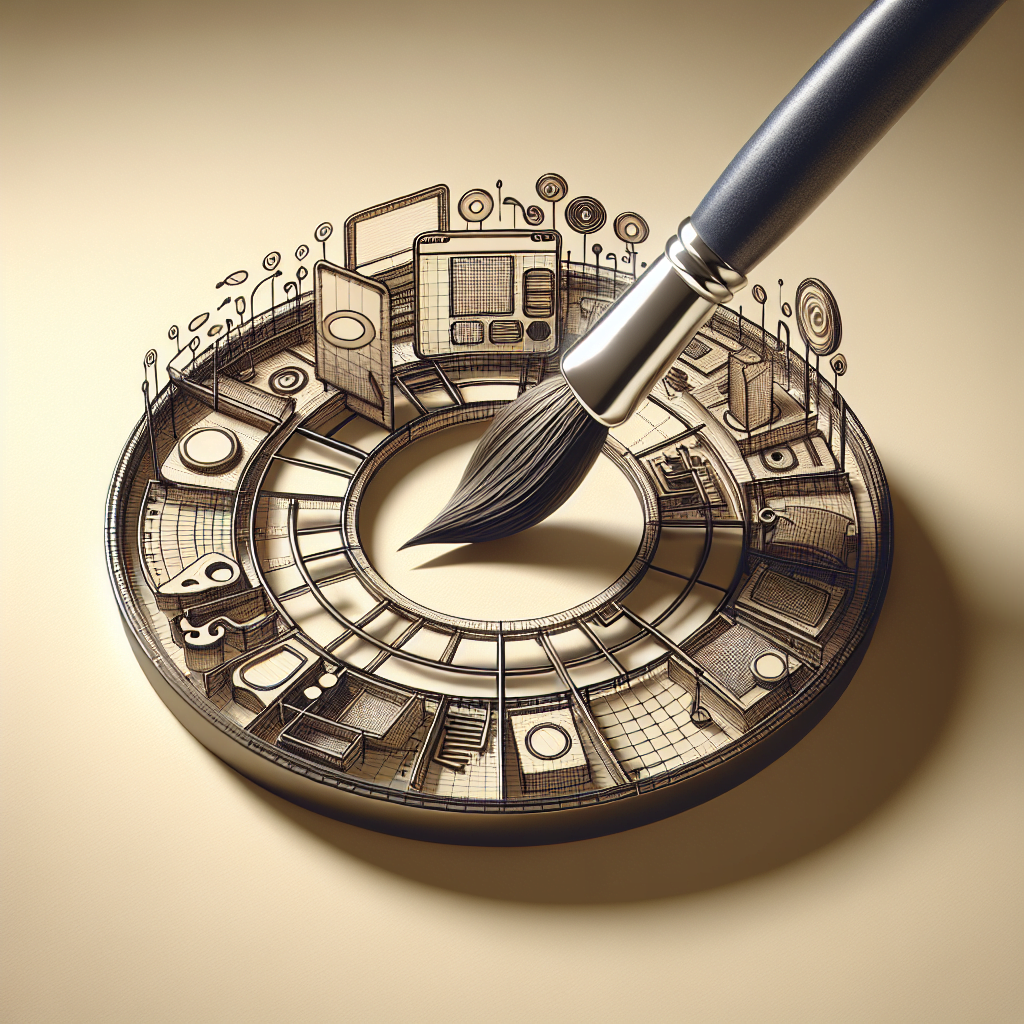In the fast-paced world of web development, user experience (UX) stands at the forefront of priorities for developers and designers alike. A critical aspect of delivering a seamless UX is the manner in which content is loaded and presented to the users. In recent times, an innovative solution has emerged to bridge the gap between the initial page load and the full display of content: skeleton screens.
Skeleton screens are essentially placeholders that outline the basic structure of your webpage without the actual content. These placeholders, often presented as simple shapes resembling the layout of the final content, are used to engage users during the loading process, providing them with a glimpse of what to expect. This approach not only enhances the perceived performance of your application but also significantly improves user satisfaction by avoiding the frustration of staring at a blank screen.
Benefits of Skeleton Screens
Skeleton screens come with a plethora of advantages. Primarily, they create an illusion of immediate content availability, thereby reducing perceived loading times. Users are more likely to stay engaged with your app if they have a visual cue that content is on its way. Moreover, skeleton screens can be tailored to closely mimic the structure of the incoming content, making the transition from loading to loaded content smoother and less jarring for the user.
Another noteworthy benefit is the flexibility they offer in terms of content loading strategy. Skeleton screens allow for progressive content loading, meaning not all data needs to be fetched in one go. This is particularly useful for applications dealing with large datasets or relying on numerous API calls to render a page fully.
Crafting Skeleton Screens in React
While there are several packages available for implementing skeleton screens in React applications, creating a custom UI ensures a degree of uniqueness and alignment with the precise design requirements of your app. Among the go-to libraries for animated skeleton screens is Framer Motion, well-known for its ease of use and versatility in crafting animations.
Step-by-Step Guide to Implementing Skeleton Screens
- Determine the Layout: Begin by identifying the structure of the content that your skeleton screen will mimic. This involves outlining the basic shapes and sizes of your content components.
- Choose Your Tool: Based on your application’s complexity, decide whether to use an existing library like
react-loading-skeletonor to build a bespoke solution with Framer Motion for animated effects. - Implement Skeleton Elements: Utilize basic HTML elements styled with CSS to create your skeleton elements. For dynamic animations, apply Framer Motion to animate skeleton properties like opacity or background color.
- Integrate with Your Application: Implement logic to switch between the skeleton screen and the actual content once data is fetched successfully. This often involves state management to track loading status.
- Refine Transitions: Use Framer Motion’s
AnimatePresenceto manage the unmount transition of your skeleton screen, ensuring a smooth fade as the actual content takes its place.

Conclusion
Skeleton screens represent a strategic solution to enhance user experience in React applications, effectively reducing perceived loading times and maintaining user engagement. Whether you prefer using existing libraries for simplicity or crafting a custom UI for a more unique approach, the addition of skeleton screens to your UX toolkit is bound to elevate the overall quality of your application.
Feel free to share your experiences or tips regarding the implementation of skeleton screens in the comments below. Your insights could greatly benefit the developer community in their pursuit of excellence in user experience design.



